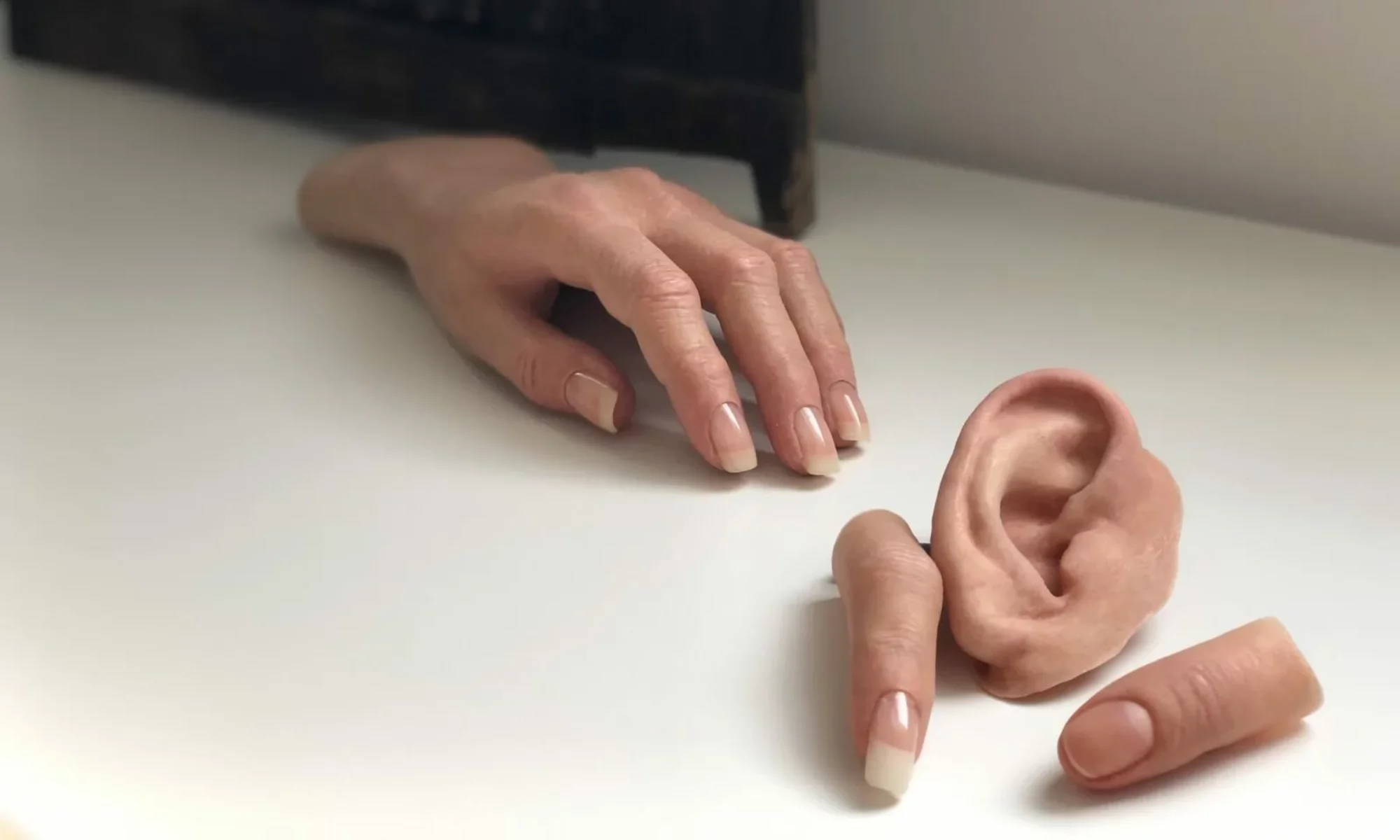There are different forms of foot amputations, each allowing its specific prosthetic solution:
Transmetatarsal, Chopart and Lisfranc amputations also intervene functionally by altering:
In addition to the functional side, as with the removal of toes, the psychological aspect of the loss of a limb can also be resorbed by wearing a prosthesis.
